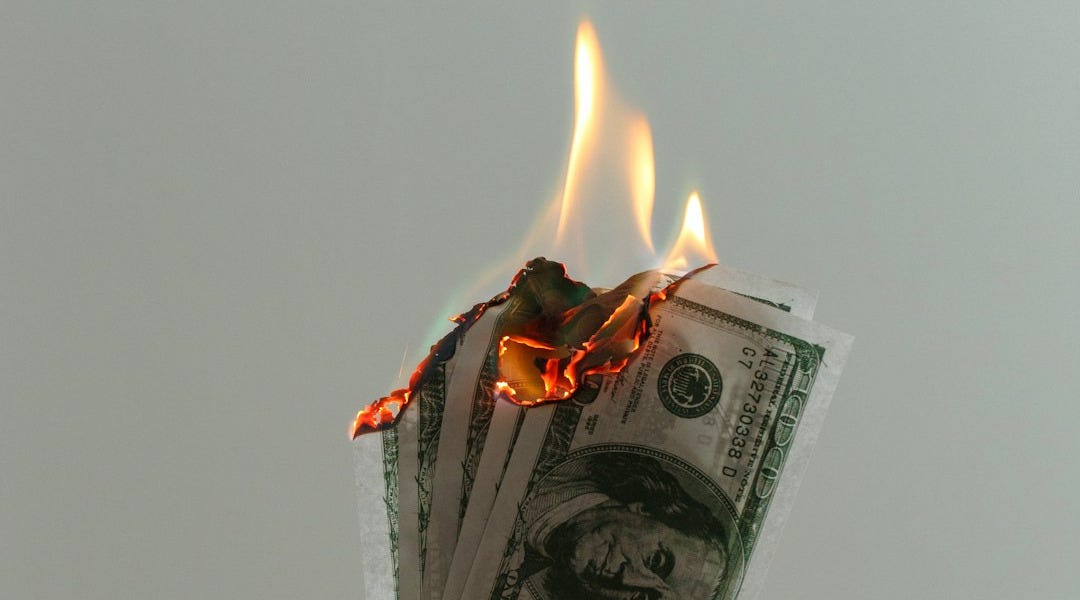Rapid growth in Wi-Fi use means the 6 GHZ band’s carrying capacity may soon be exhausted, according to CableLabs, the nonprofit networking think tank run by cable television operators.
The org made the claim above on Tuesday when it published initial results of a Wi-Fi network use analysis it conducted that simulated traffic in a twelve-story residential building that hosts a dozen apartments or town houses on each floor.
The Lab’s boffins used the full 6 GHz band, randomly assigned channels and channel bandwidths to each residential unit, and made sure adjacent units didn’t use the same channel. They also estimated how many connected devices future homes will house, and the peak traffic they’ll drive.
Testers then looked five years into the future and tried to predict latency and packet loss “across every connected device in each residential unit during periods when Wi-Fi activity is highest.”
- Next-gen Wi-Fi to trade ludicrous speed for the boring art of actually working
- Wi-Fi can watch your heart beating, Taiwan’s datacenter power outfit Delta finds
- Microsoft catches the Wi-Fi 7 wave with Windows 11
- Wireless priesthood begins blessing Wi-Fi 7 hardware
They found “roughly 30 percent of the simulated building experience increased one-way Wi-Fi latency — greater than 10 milliseconds (ms) — and packet loss of two percent or more.”
If correct, the analysis would mean some users in CableLabs’s hypothetical building might experience poor video calls, streaming video could get glitchy, and gamers might not get off a shot in time to win.
CableLabs’ motive for the study is not entirely pure, as it has long called for lawmakers to ensure additional unlicensed spectrum is made available so that Wi-Fi remains speedy. Its post about this analysis repeated that call, and targets US legislators who it suggests need to sort this out before slow Wi-Fi has an economic impact.
The org promises to release the analysis in full and The Register awaits that with interest, because while plenty of people in the USA live in dense buildings, millions more do so across Europe and Asia where the impact of this early analysis could therefore be even greater. ®
.png)




